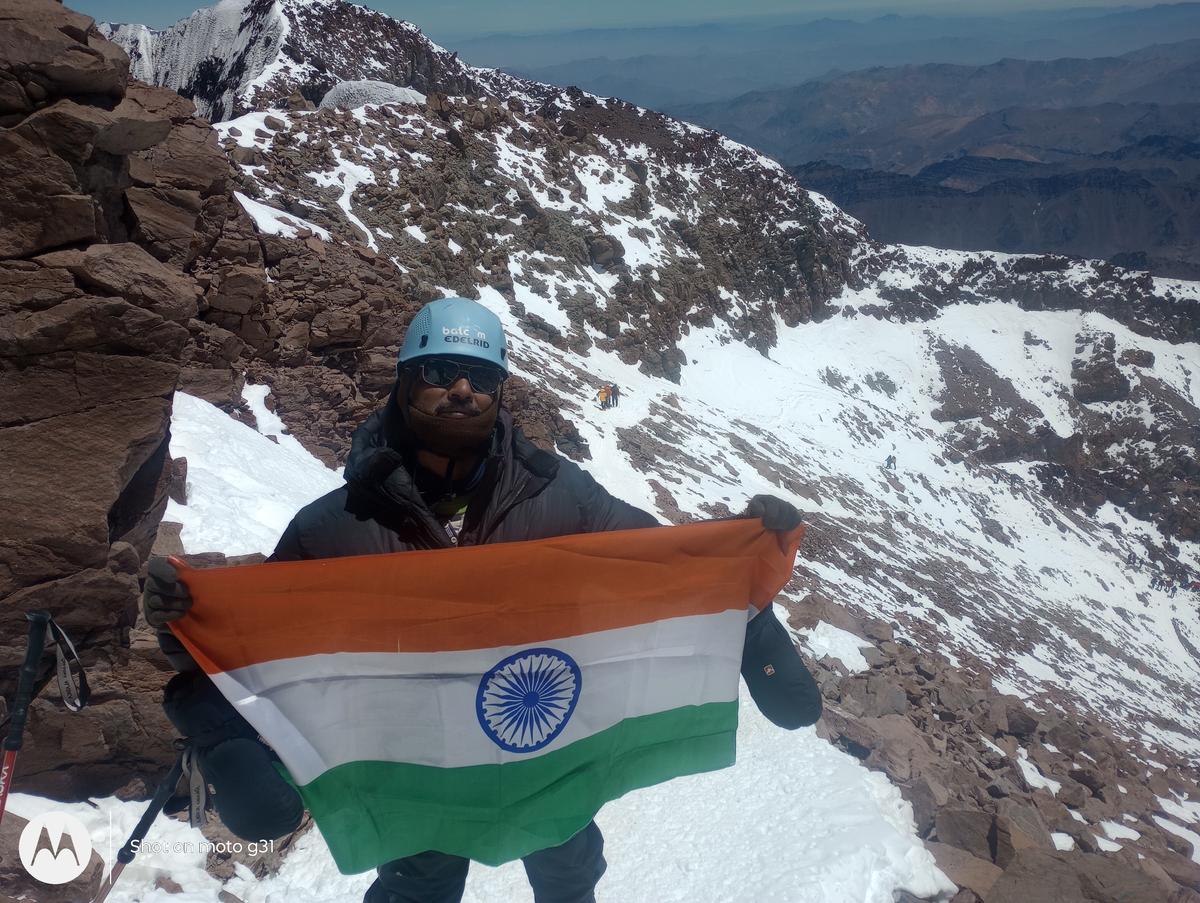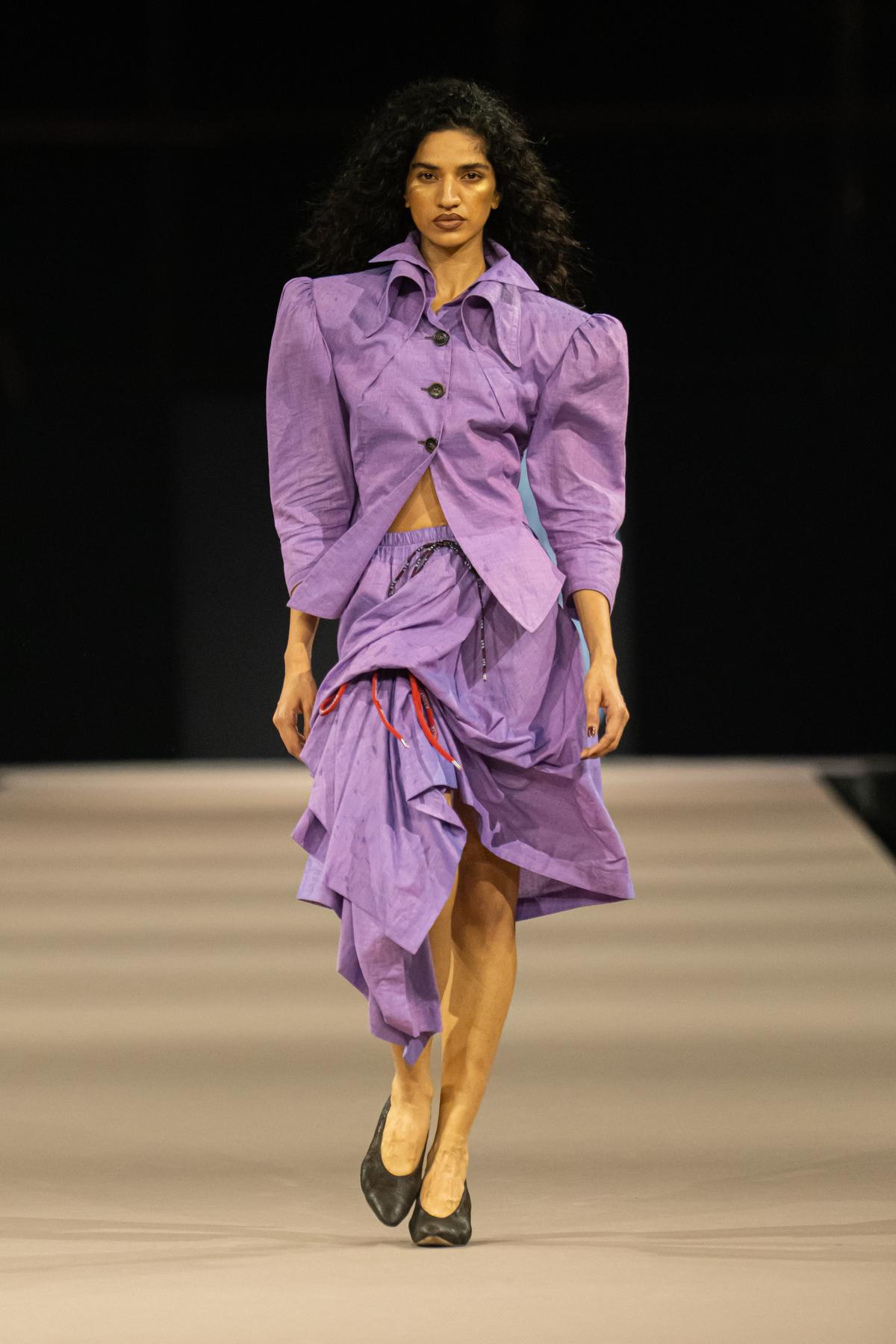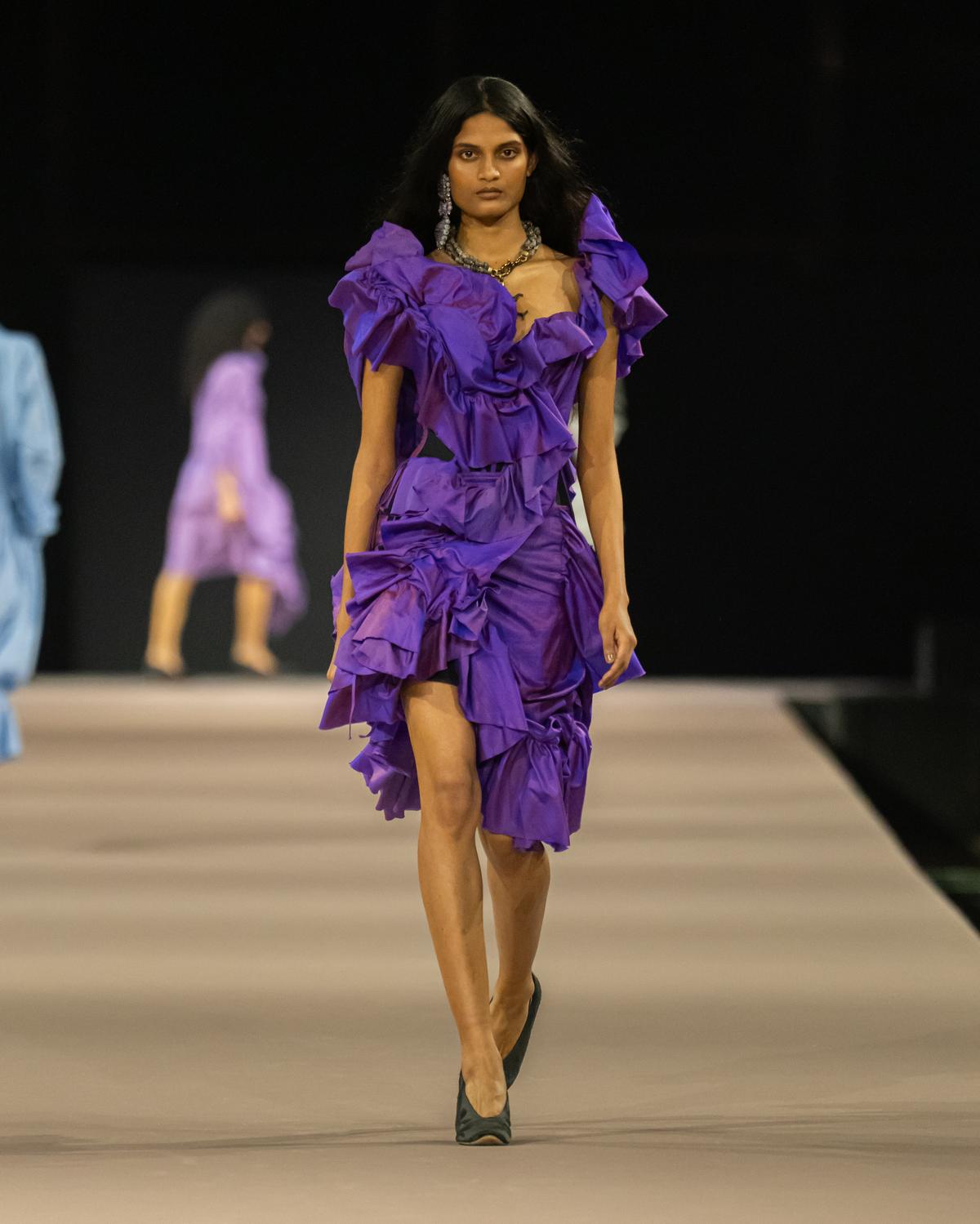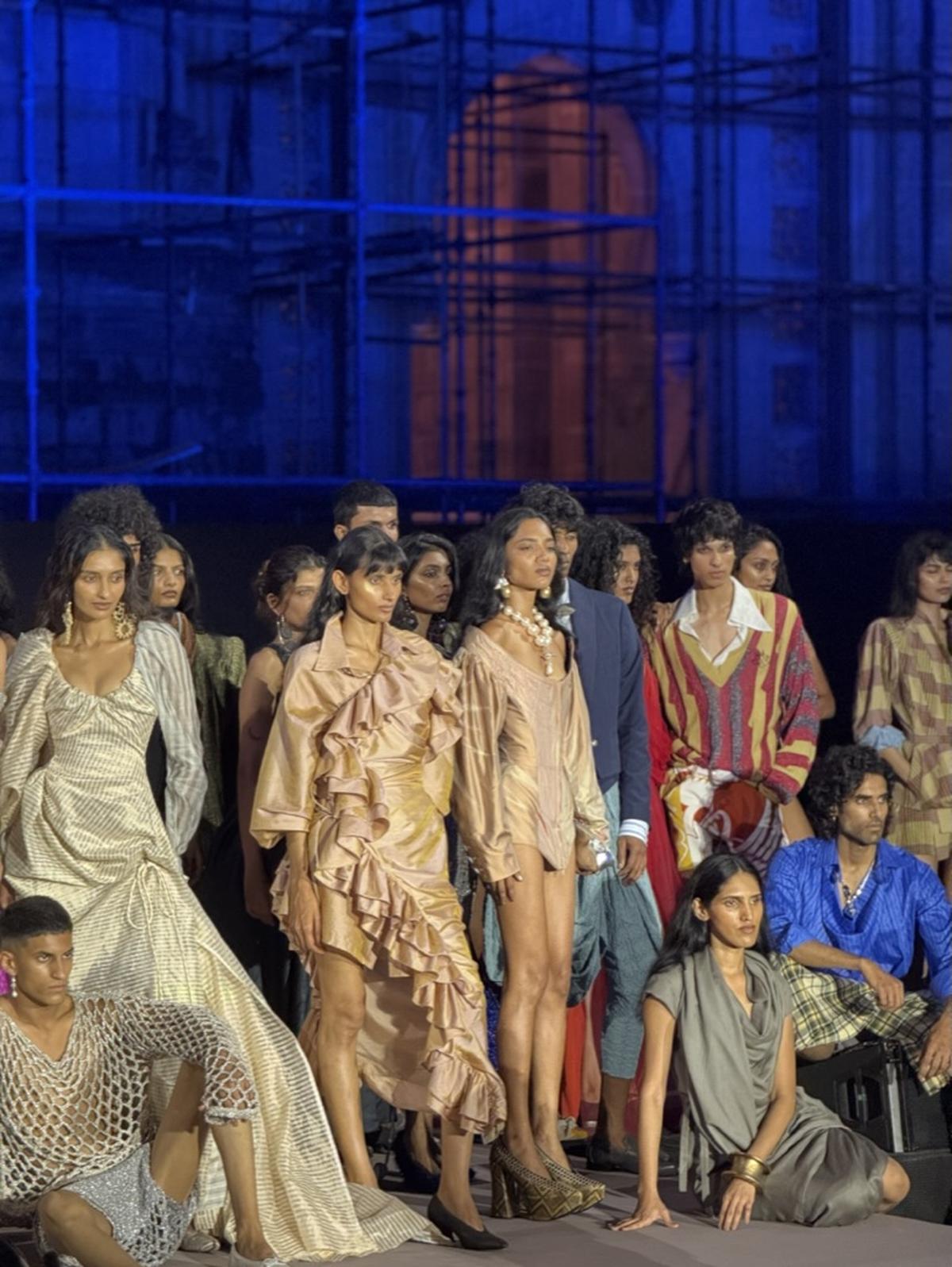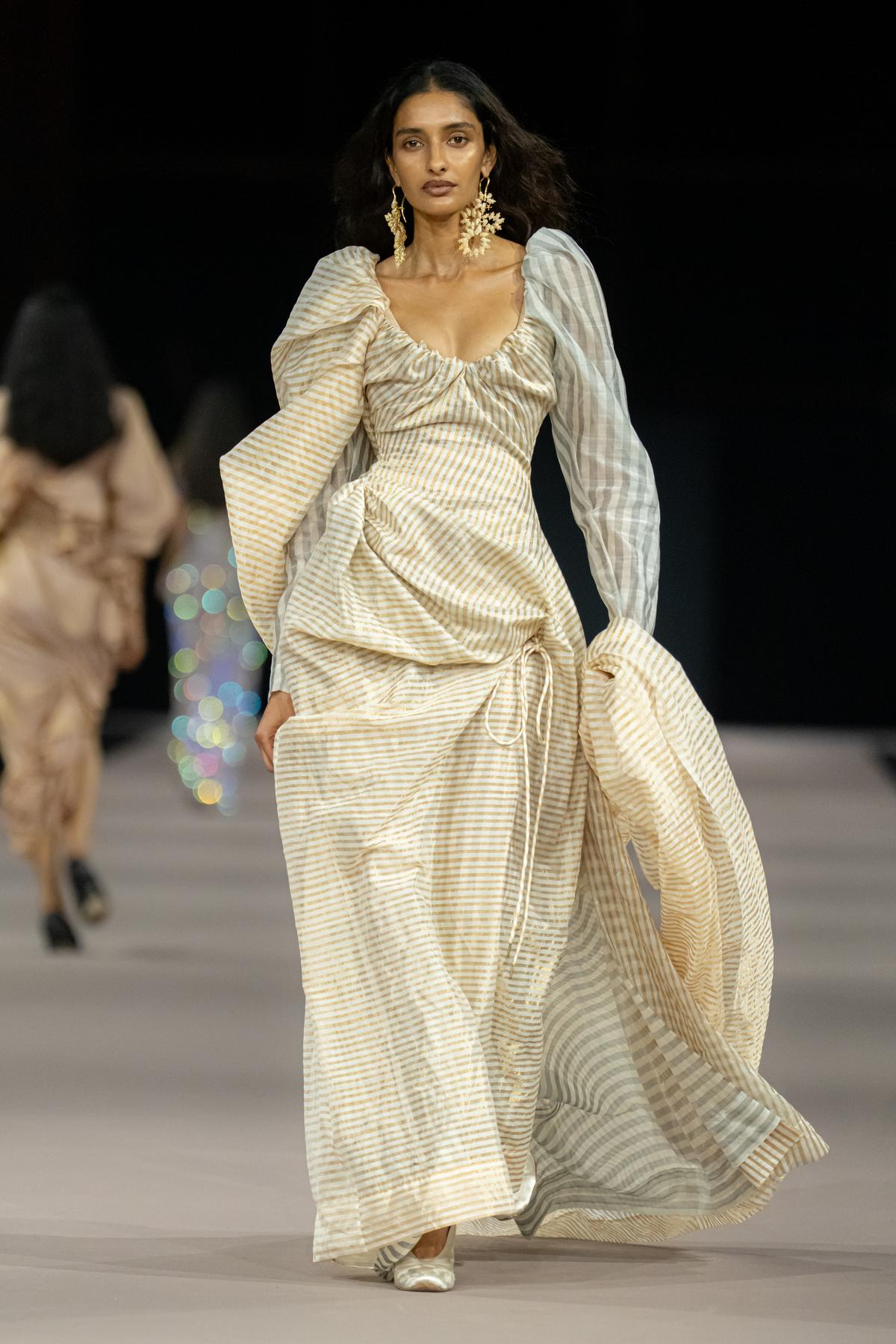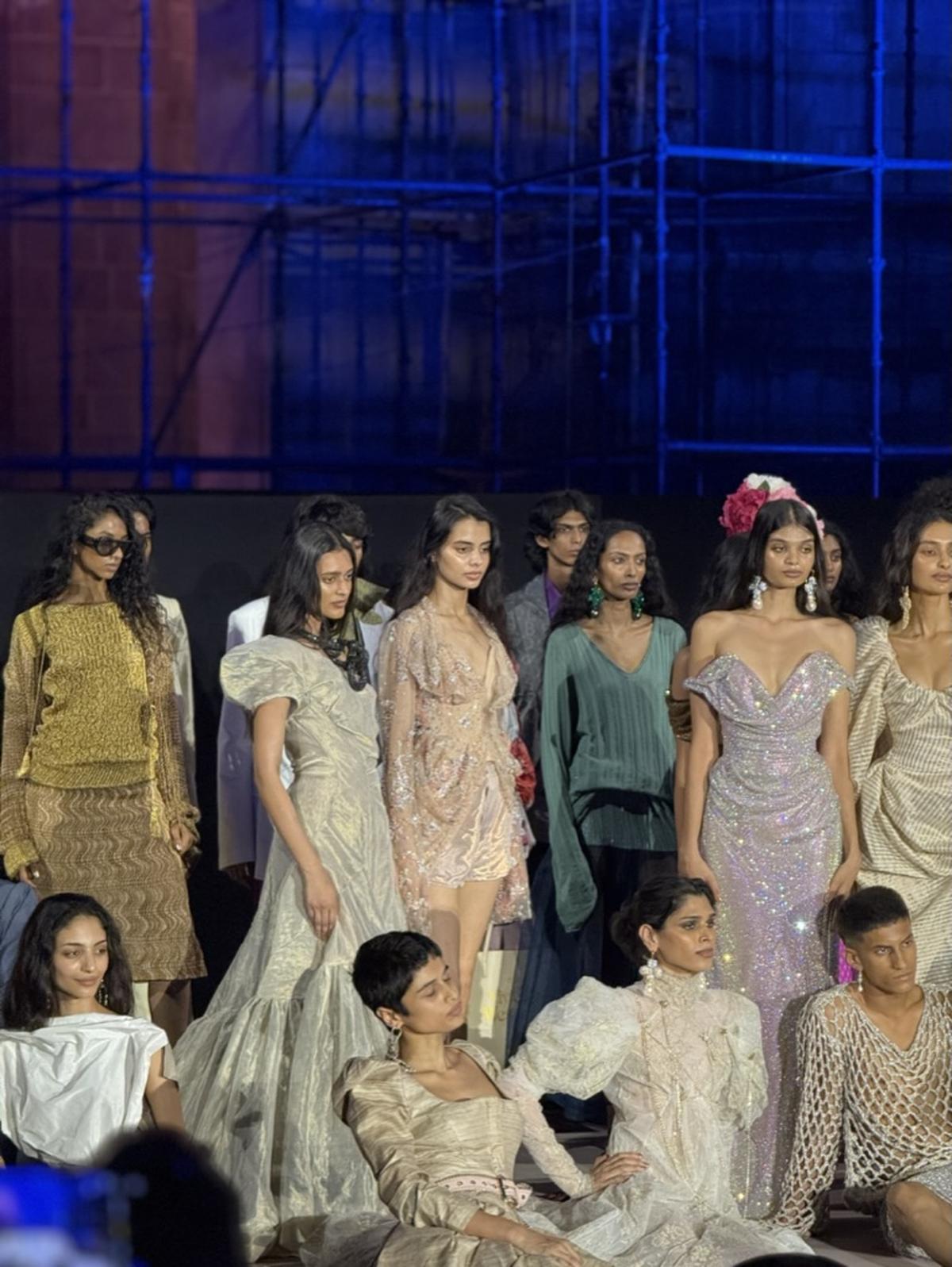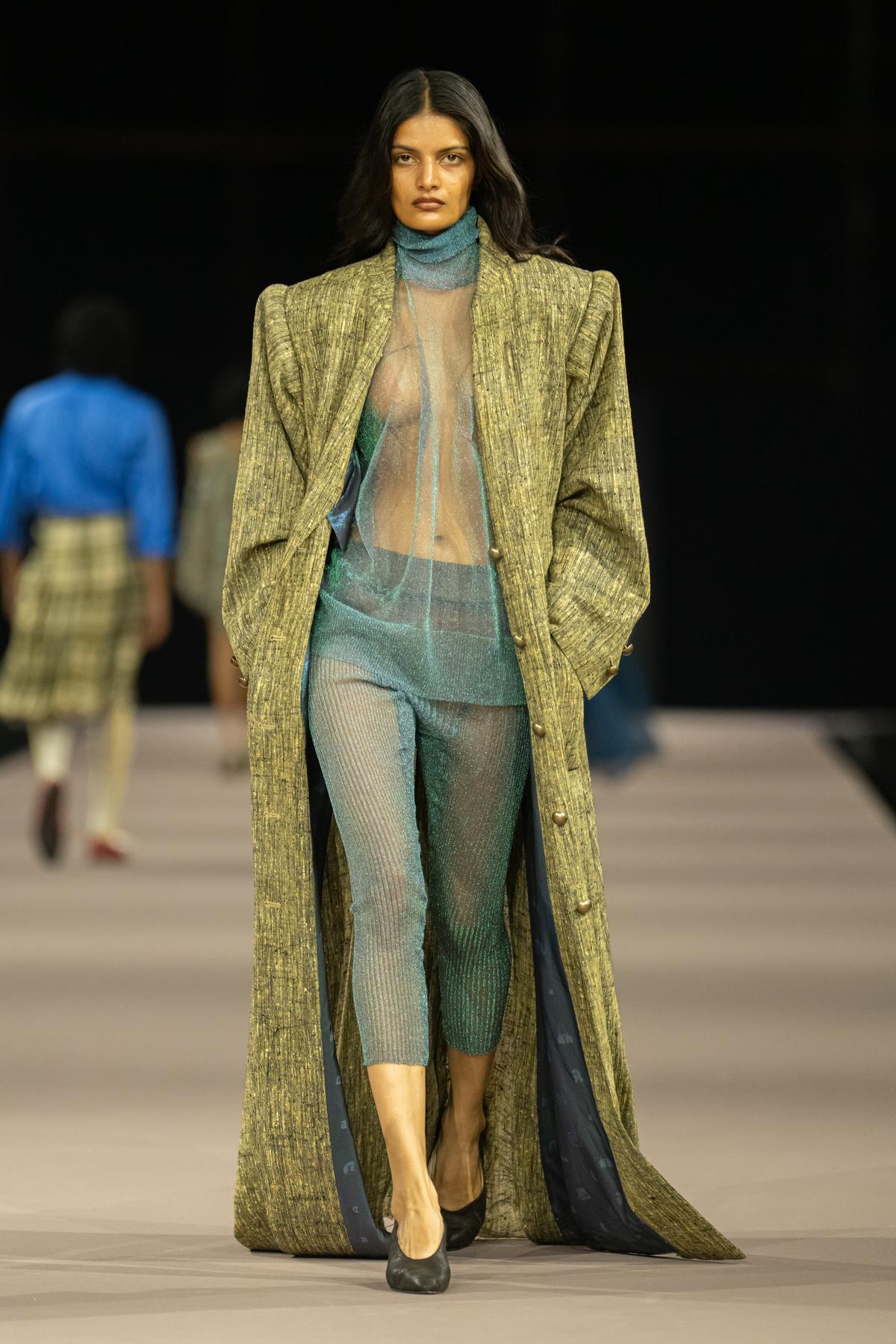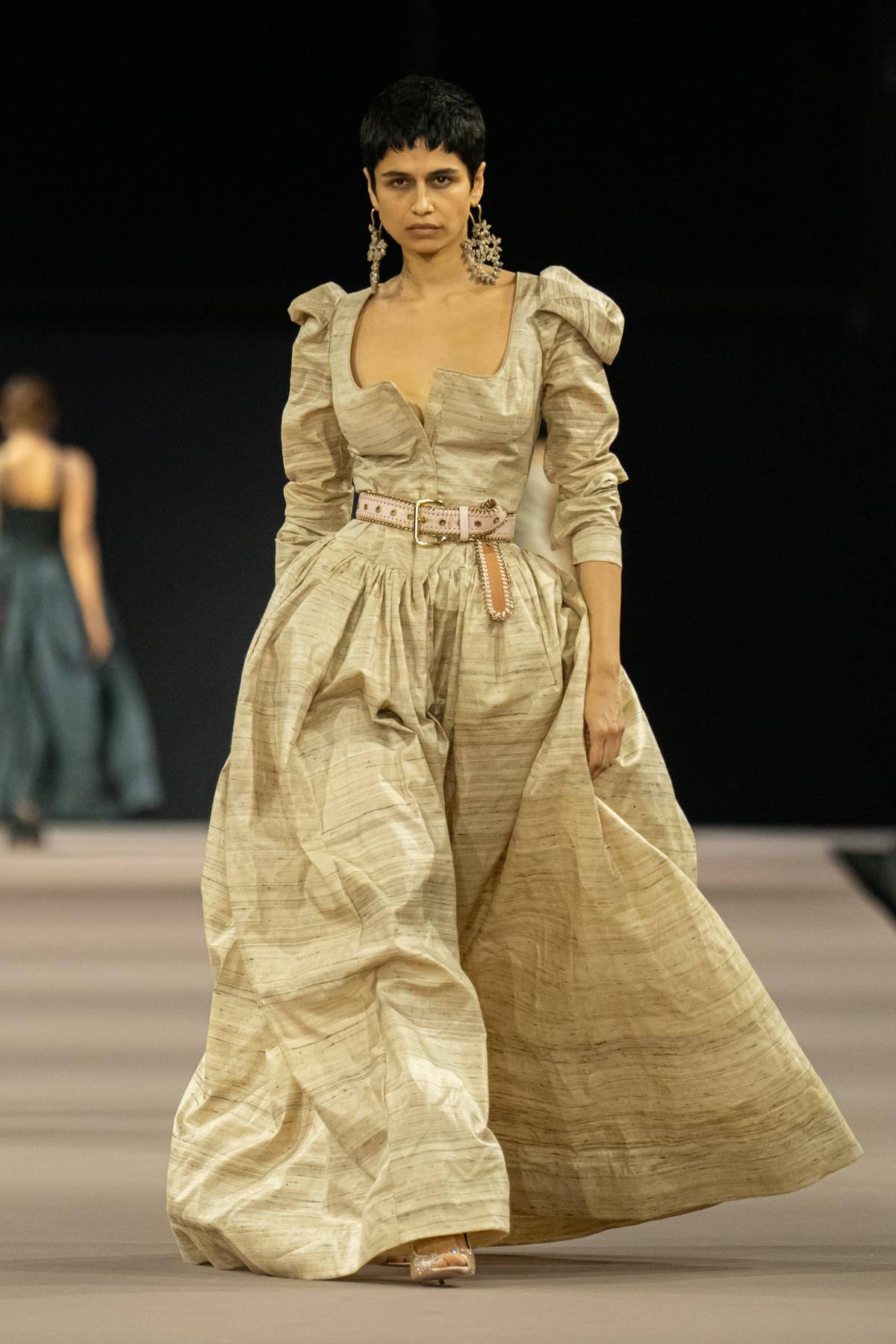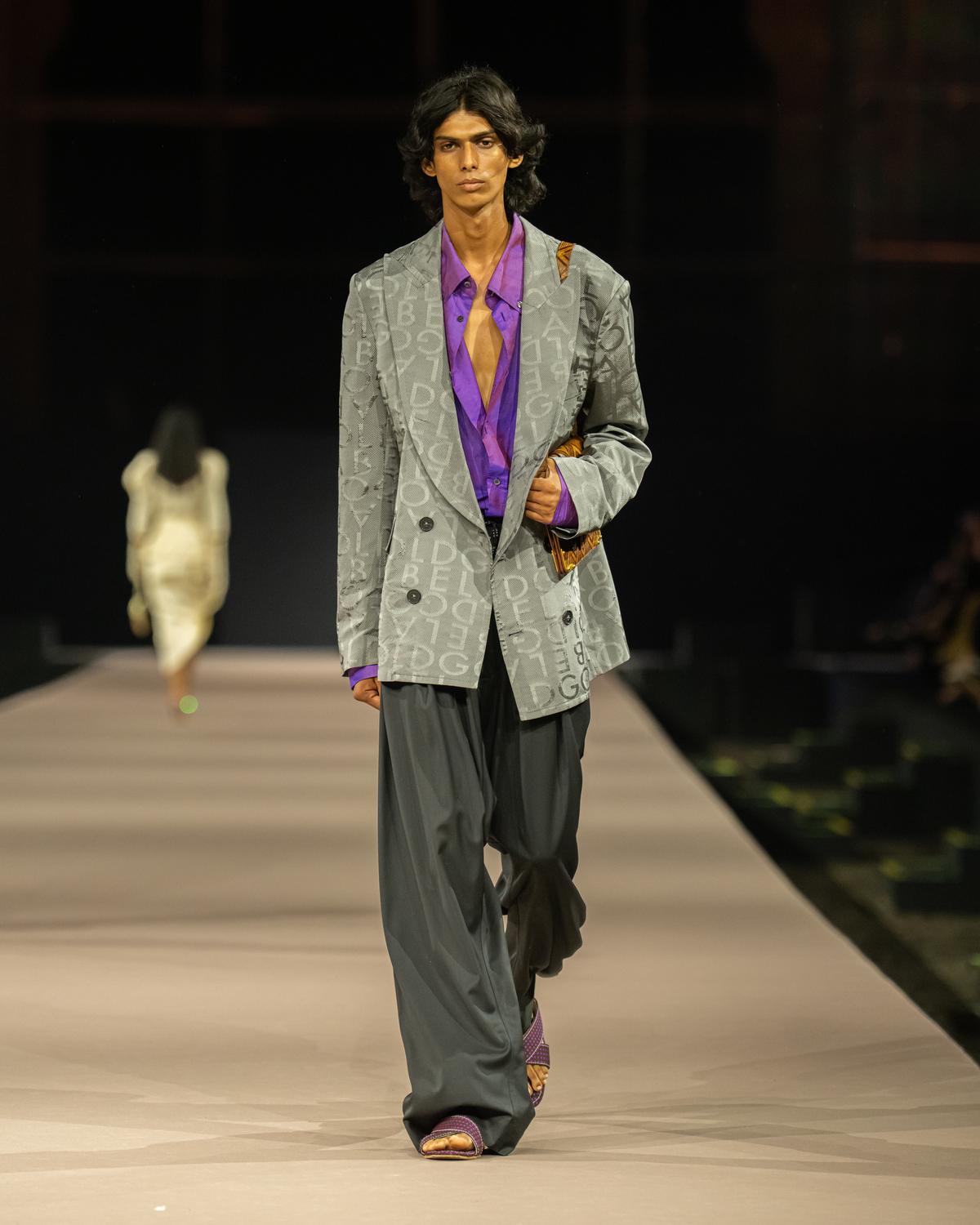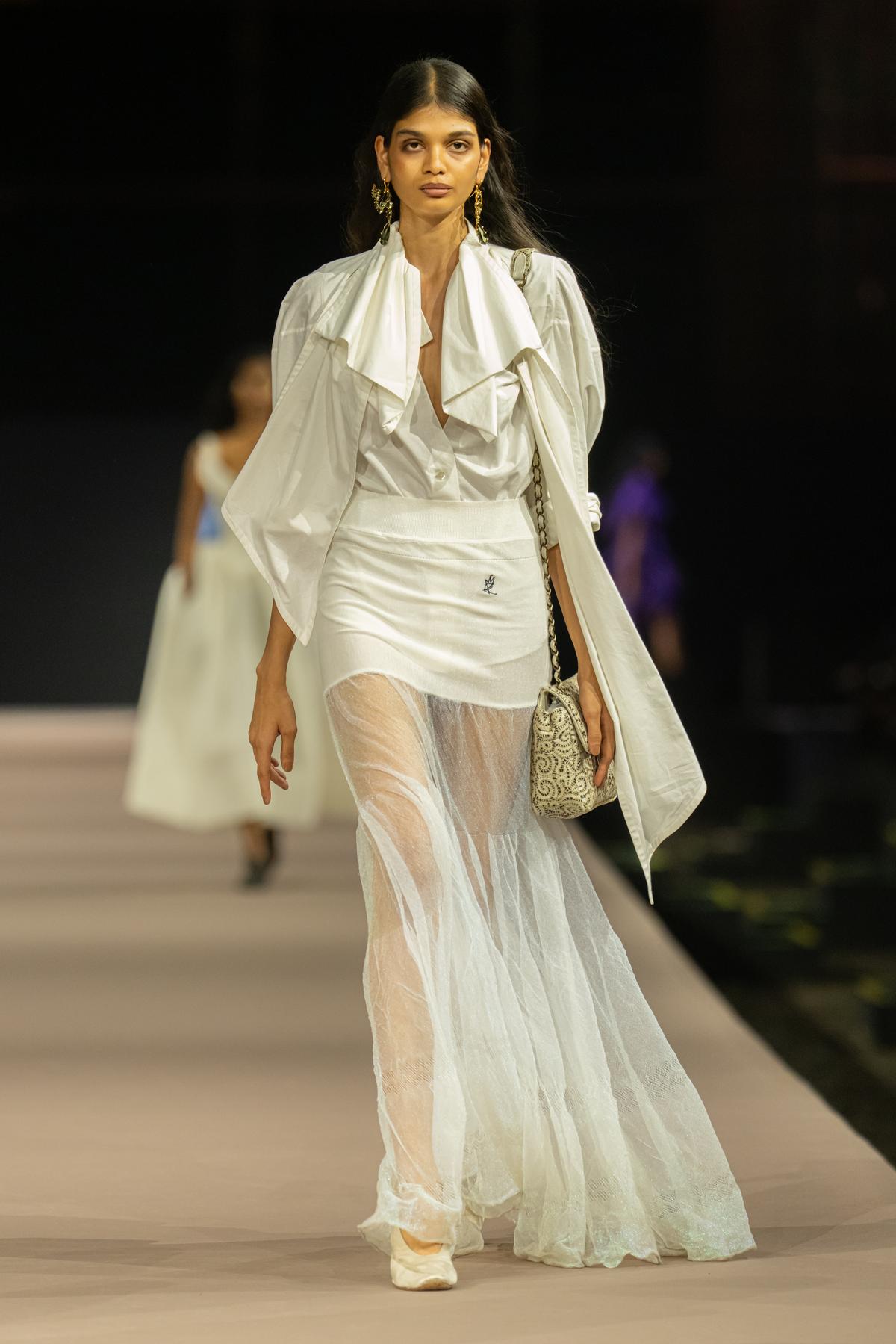Step back in time to the 19th Century, where the hues and patterns of Central Asian textiles flourished along the Silk Route, beside spices, precious metals, glassware, horses, and cultural ideas. Bukhara, a city along the route, was at the heart of this textile tradition.
Inspired by this rich history is Bukhara — A Journey on the Silk Route, an exhibition curated by David Housego and Mandeep Nagi, founders of the textile brand Shades of India. This showcase of their private collection was previously presented at the National Crafts Museum, Delhi and is now making its way to Chennai.
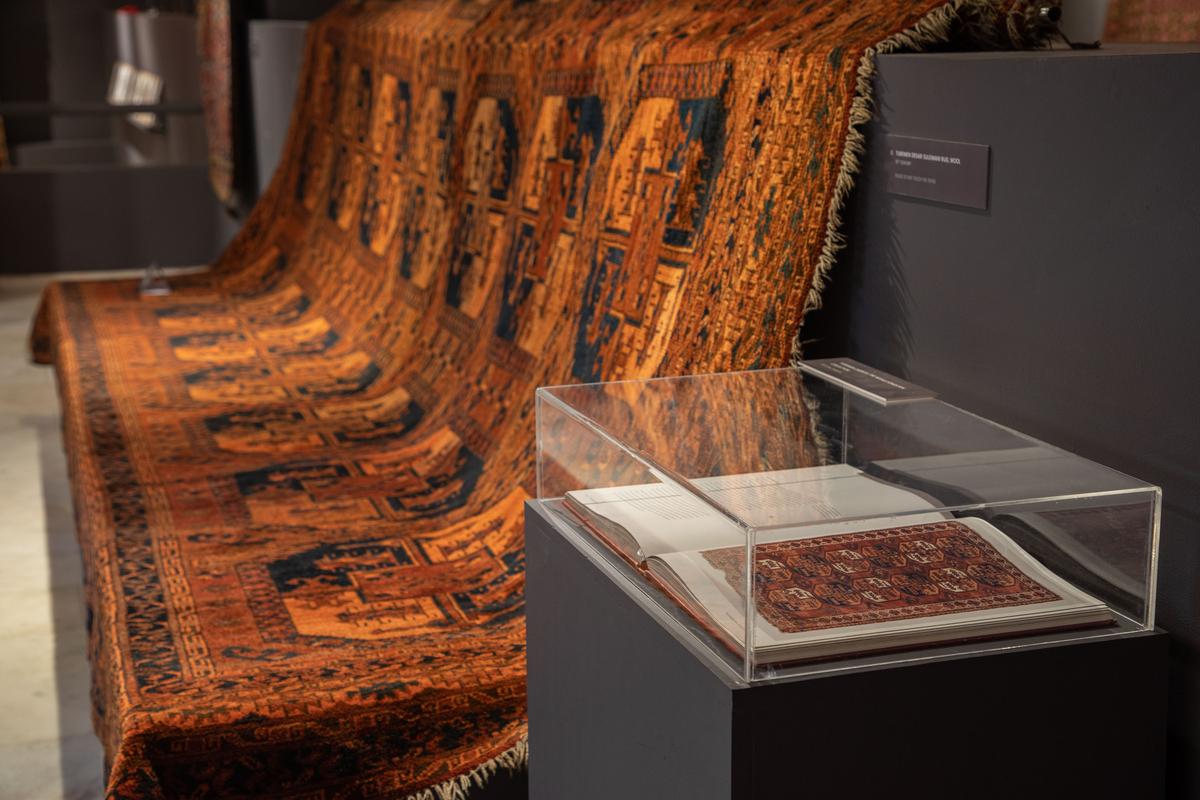
Bukhara exhibition in New Delhi
| Photo Credit:
Special Arrangement
The focus of this showcase is suzani embroideries and ikat fabrics from the 19th Century that reflect the rich legacy of the Silk Route — drawing on motifs from Mughal India, China, and the Ottoman Empire in Turkey. “There was an exhibition in Paris last year on Uzbekistan and Central Asian antiquities, and I thought, if there can be a big exhibition at the Louvre, why can’t we do an exhibition here of the suzani rugs and ikats? People here are not very familiar with these fabrics,” says David.
“I have been a collector of suzanis and ikats for quite some time. It began when I lived in Iran, and I was struck by their aesthetic sense, their colours, and their abstract designs — almost like contemporary paintings. During my travels in Afghanistan as a journalist, I came across these wonderful suzanis and was able to buy one or two of them,” says David, speaking about how his fascination with these textiles began.
David and Mandeep Housego – Shades of India. Bukhara exhibition in New Delhi
| Photo Credit:
Special Arrangement
The Chennai showcase will feature 26 pieces of suzani rugs and ikat cloaks, among other fabrics, with some being displayed for the first time. “You’ll see at the exhibition that we’ve got a number of cloaks which, in the 19th Century, were a sign of wealth in Uzbekistan,” says David.
These textiles must be seen up close to be truly appreciated. Mandeep says, “The techniques and stitches used are very much like those found in India, such as chain stitch and satin stitch, but there is a very peculiar stitch they used — a twisted chain stitch. The yarns are also silk and dyed in natural colours. When these things are done instinctively rather than commercially, they have their own charm. You will see a variation of patterns and colours in the suzanis. These stitches are still practiced, but the finesse and organic nature is missing.” .

David Housego and Mandeep Nagi, the founders of textile brand Shades of India
| Photo Credit:
Special Arrangement
Speaking about the specific motifs and symbols to look for, David mentions that suzanis were traditionally crafted before weddings and carried symbols like pomegranates, which symbolised fertility. “You will also spot rounded shapes like the moon and sun, which are believed to represent cosmic influence.”
India has a rich history of ancient textiles that have been extensively studied. However, textiles influenced by Indian handiwork remain rare, according to the husband-wife duo. “I think there’s a mystery about it. Indians have seen a lot of Kanjivaram and Banaras textiles, but these are rare,” says David.
Bukhara will be on display at The Folly, Amethyst, from April 8 to 11, from 11am to 7.30pm.
Published – April 02, 2025 05:21 pm IST










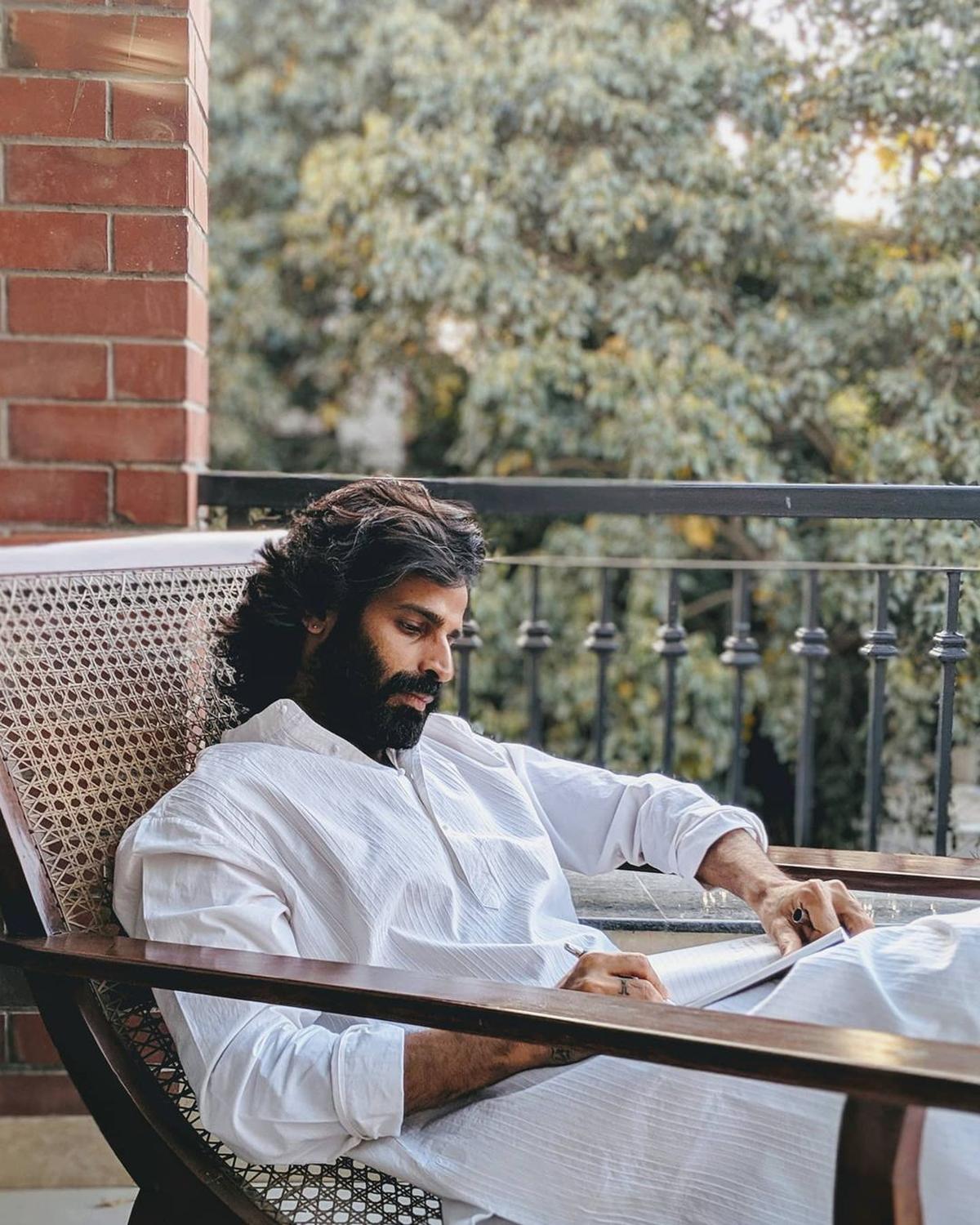

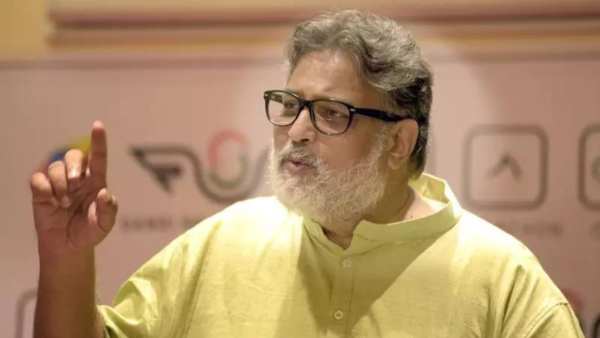
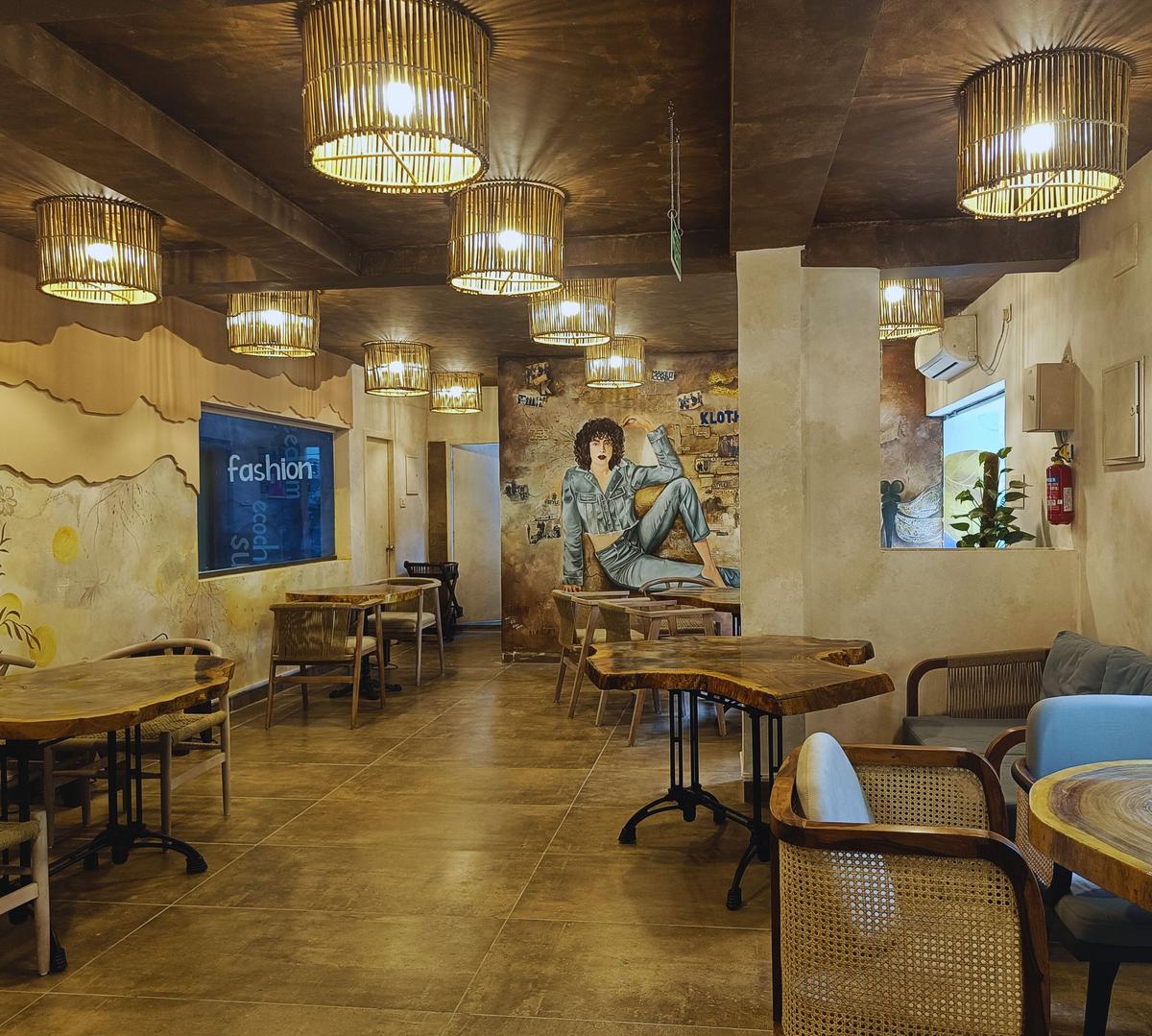
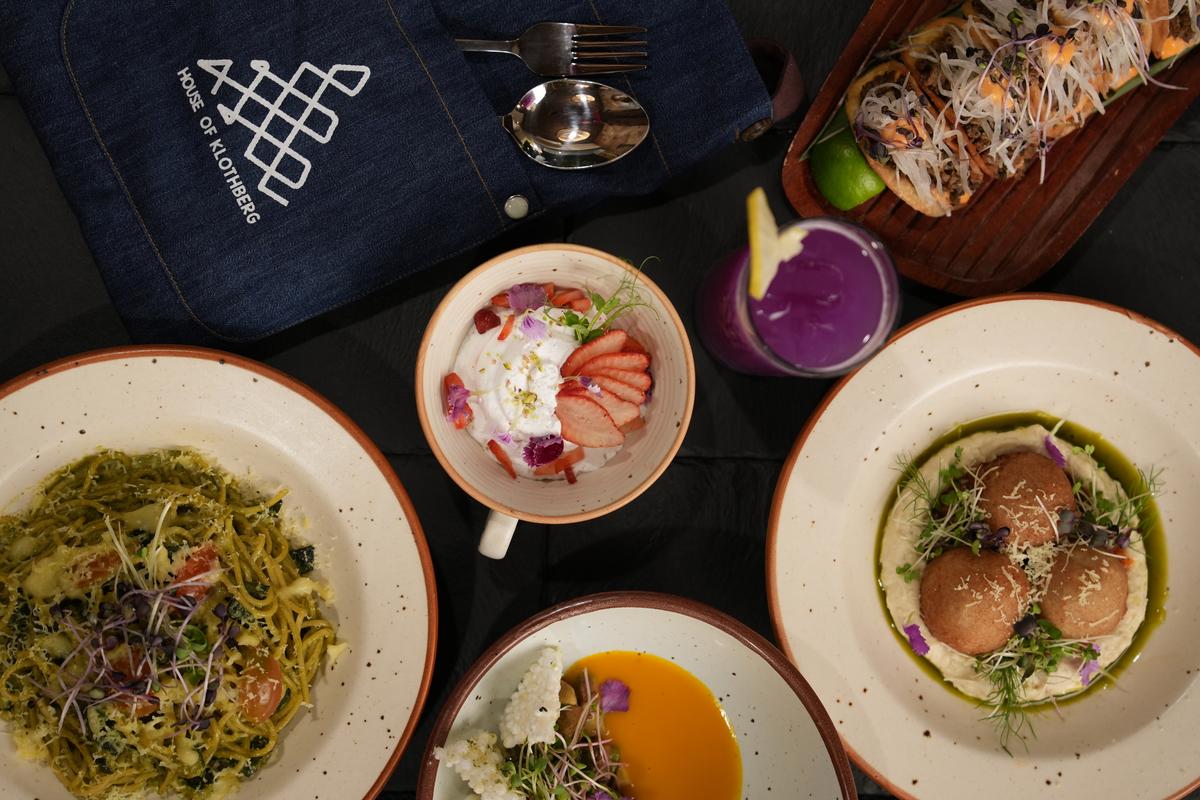
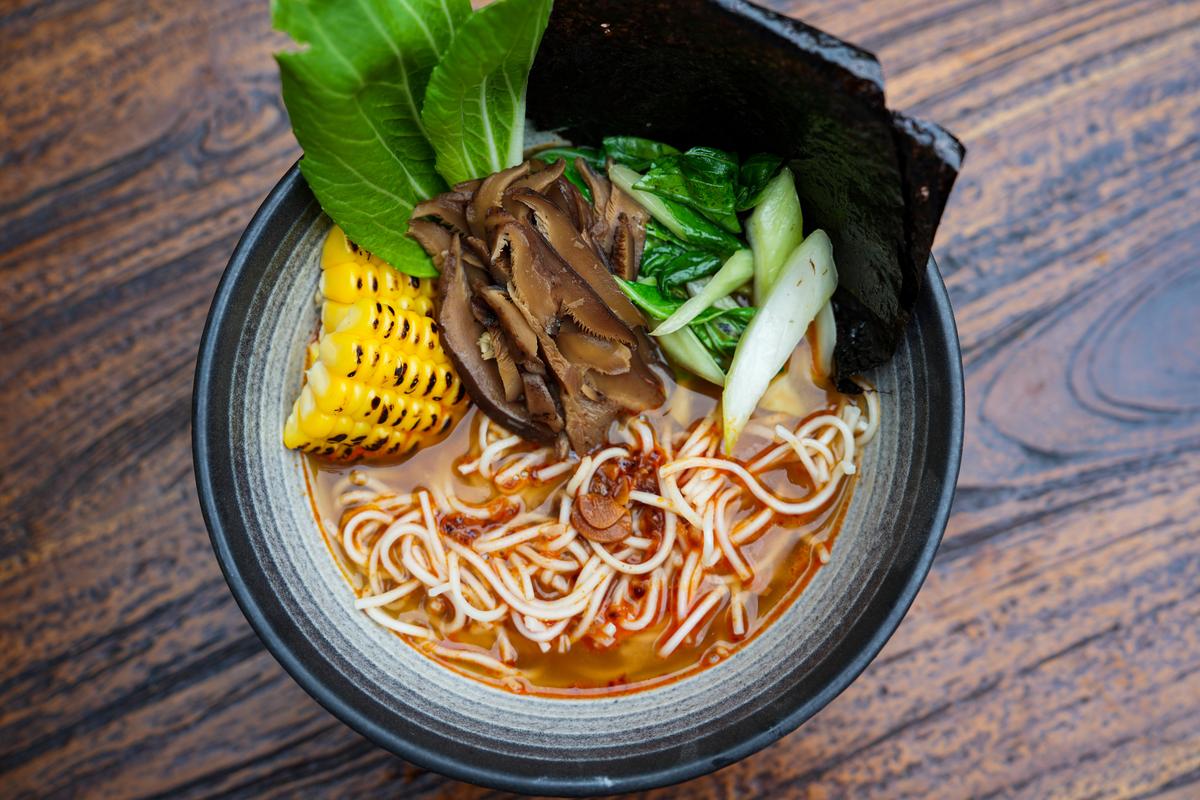

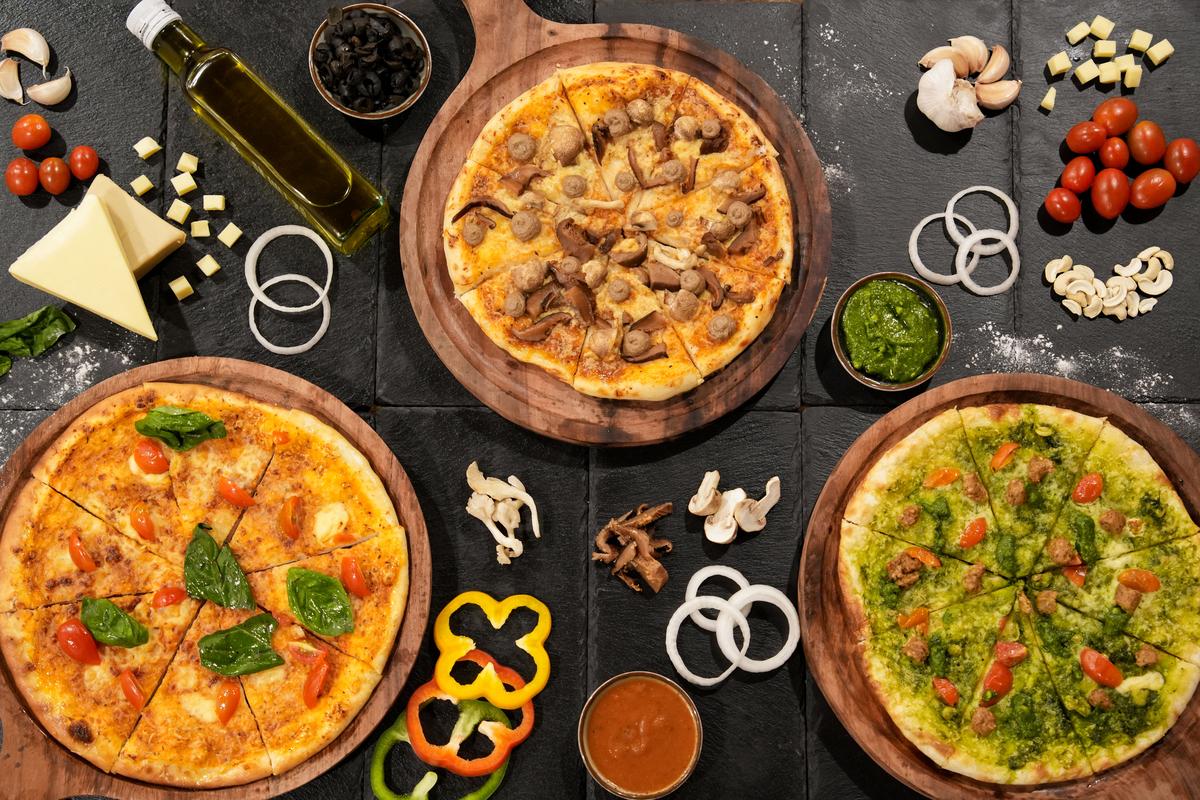
 Birds are one of the most unique and interesting creatures in the world. From their colourful and beautiful wings, to their haunting and eerie calls, there is something special in them all. And here we mention some of the most unique and rare birds from around the world.
Birds are one of the most unique and interesting creatures in the world. From their colourful and beautiful wings, to their haunting and eerie calls, there is something special in them all. And here we mention some of the most unique and rare birds from around the world.

